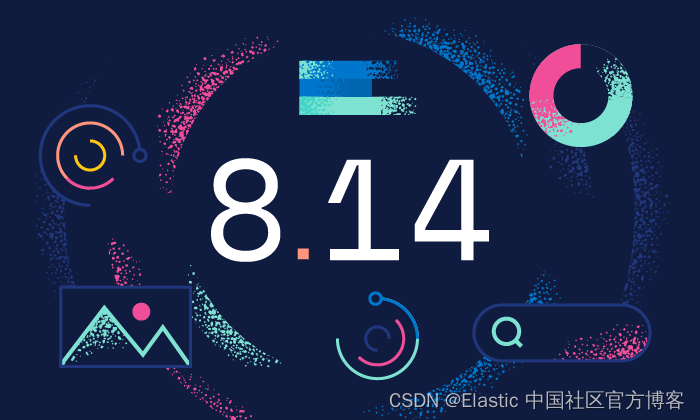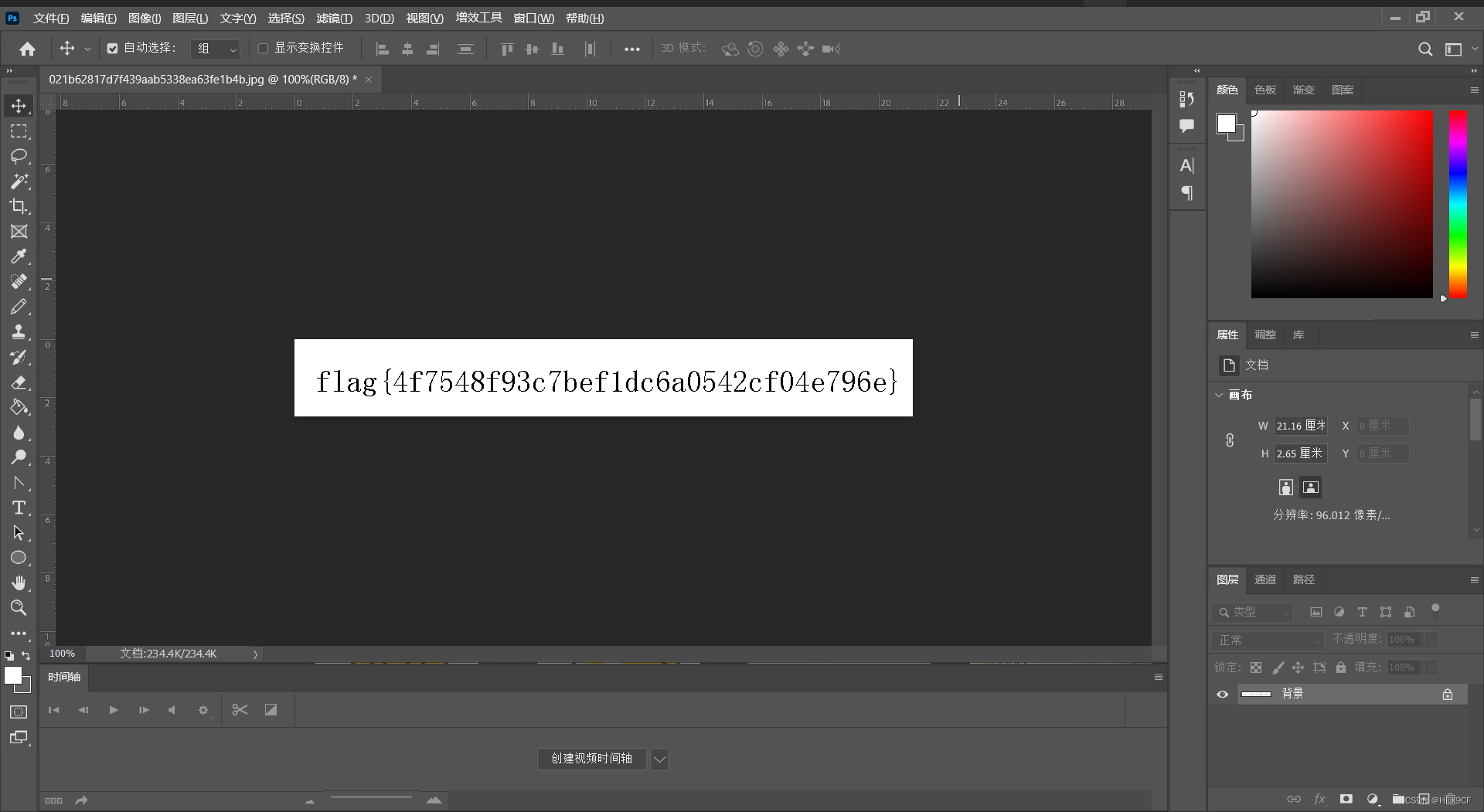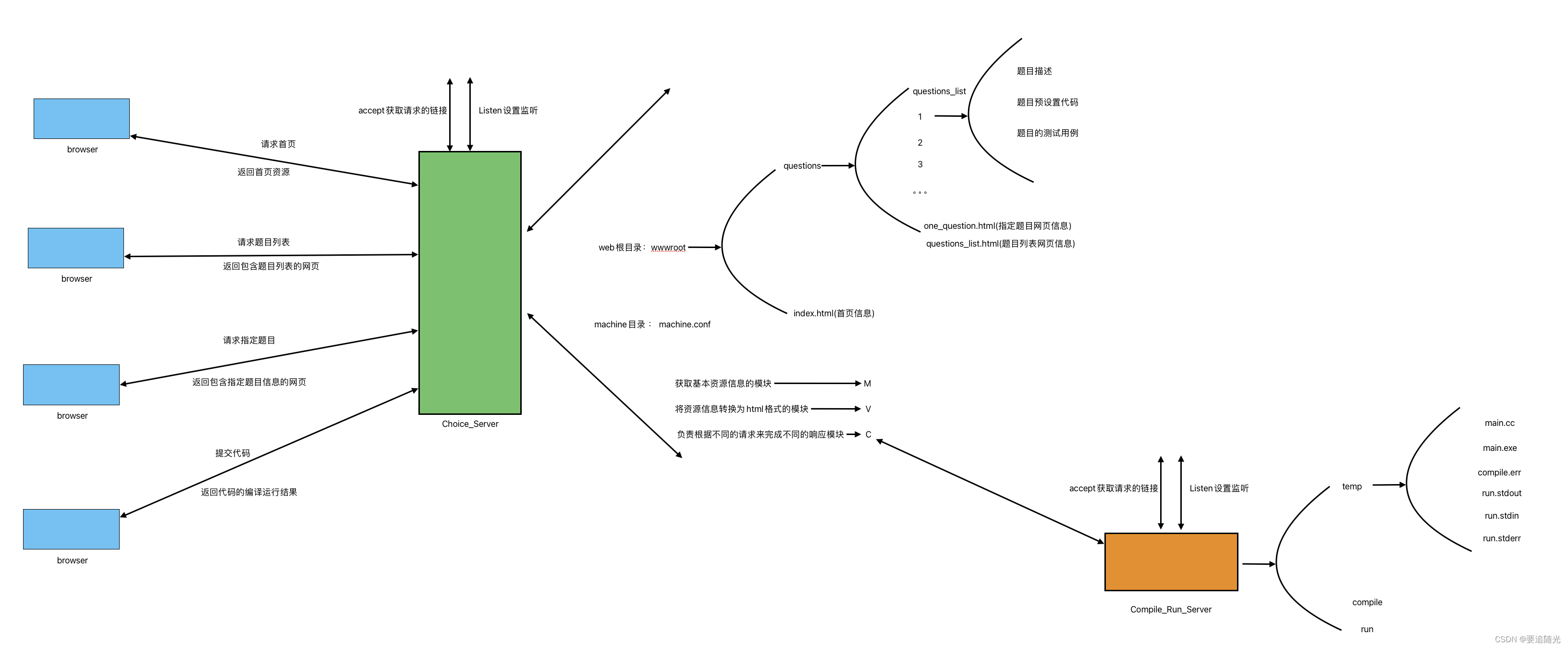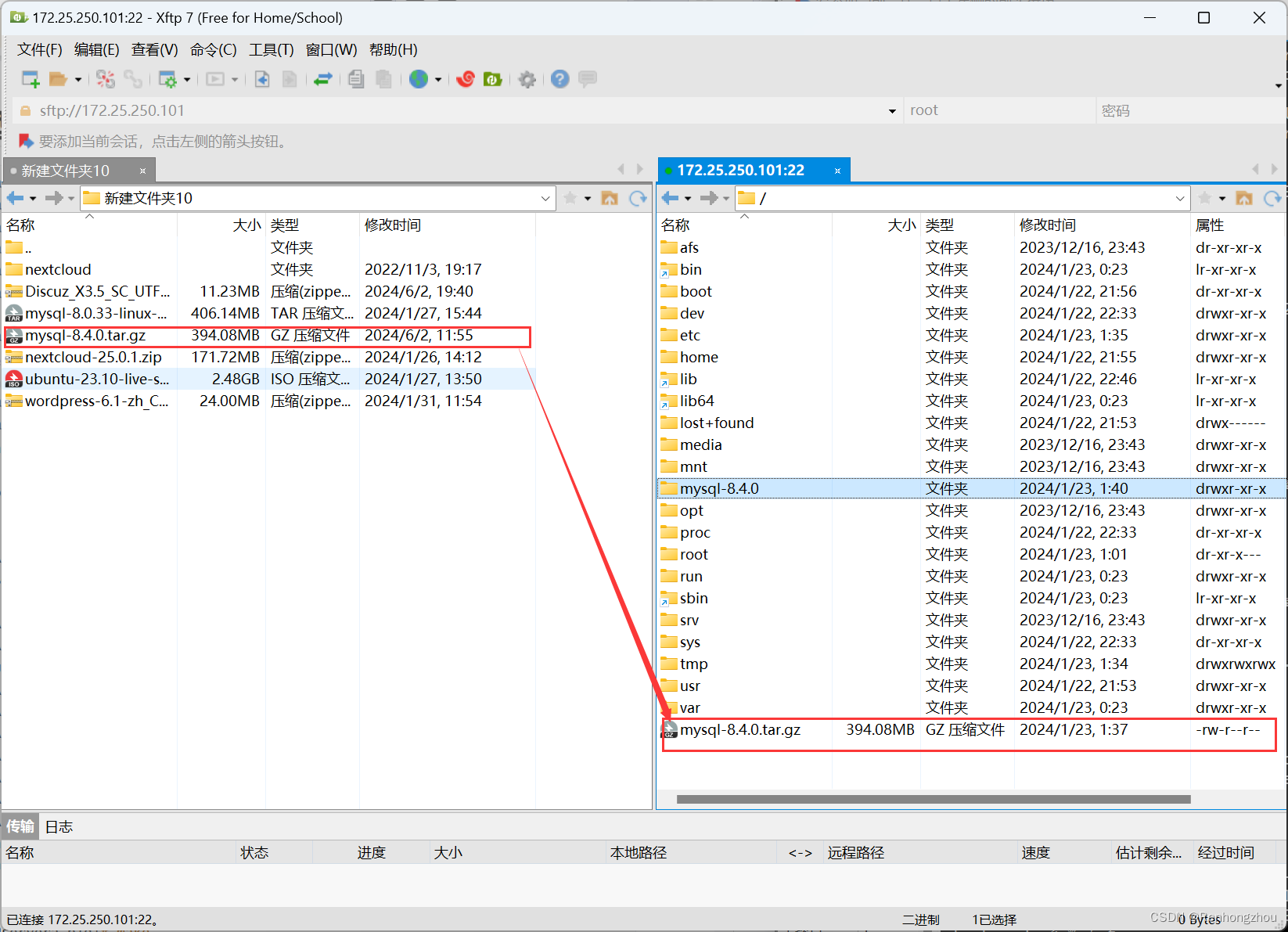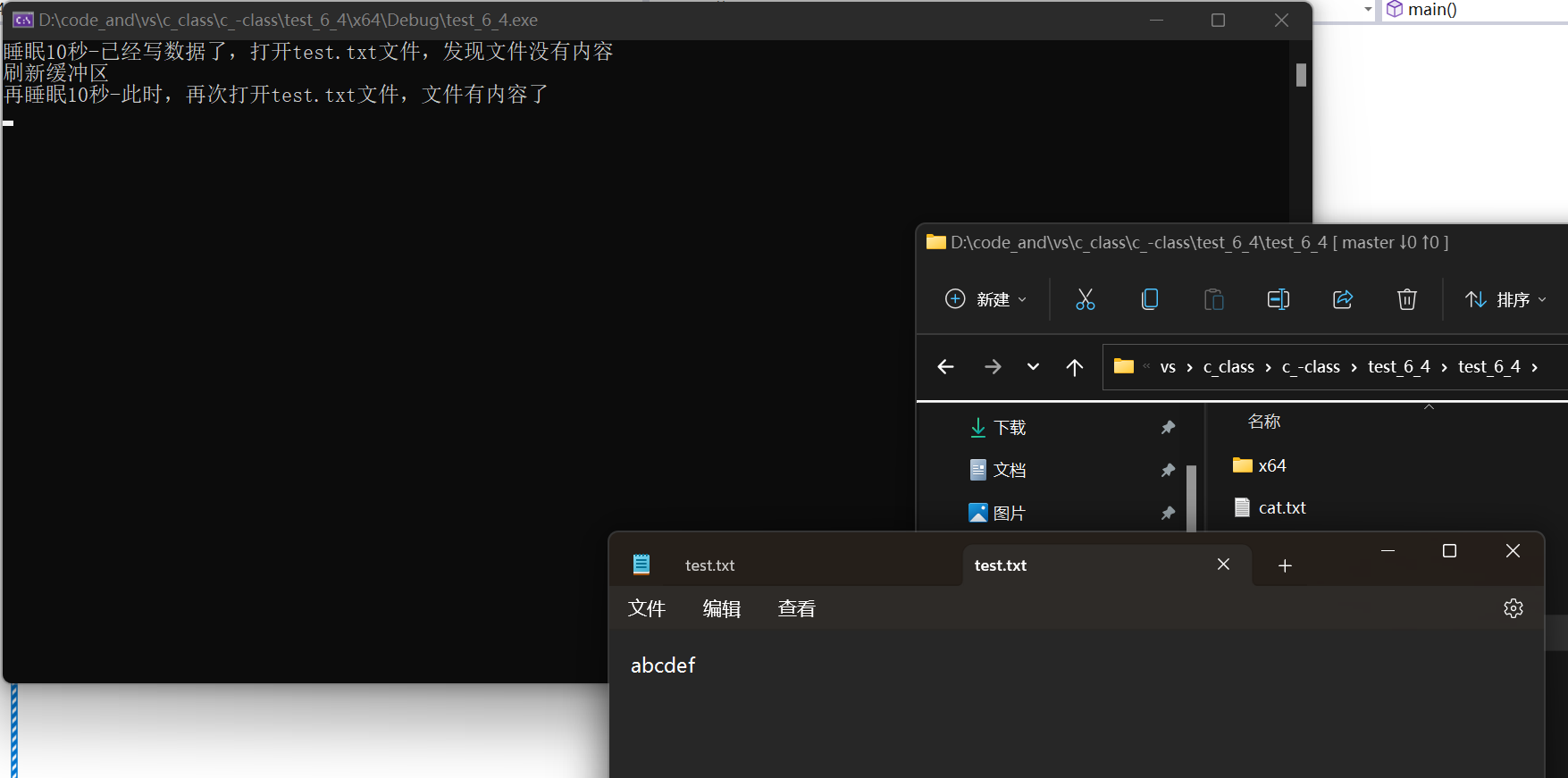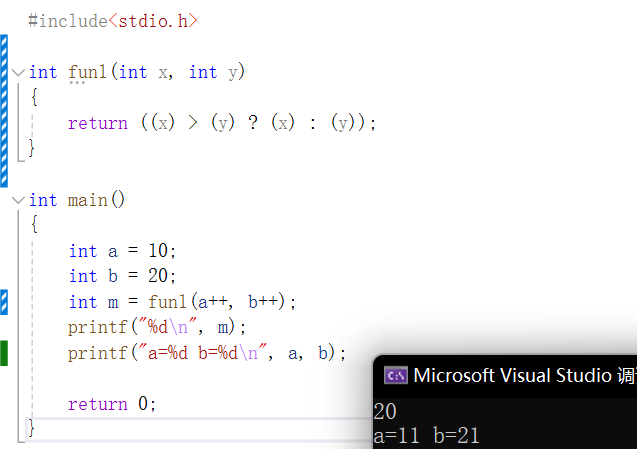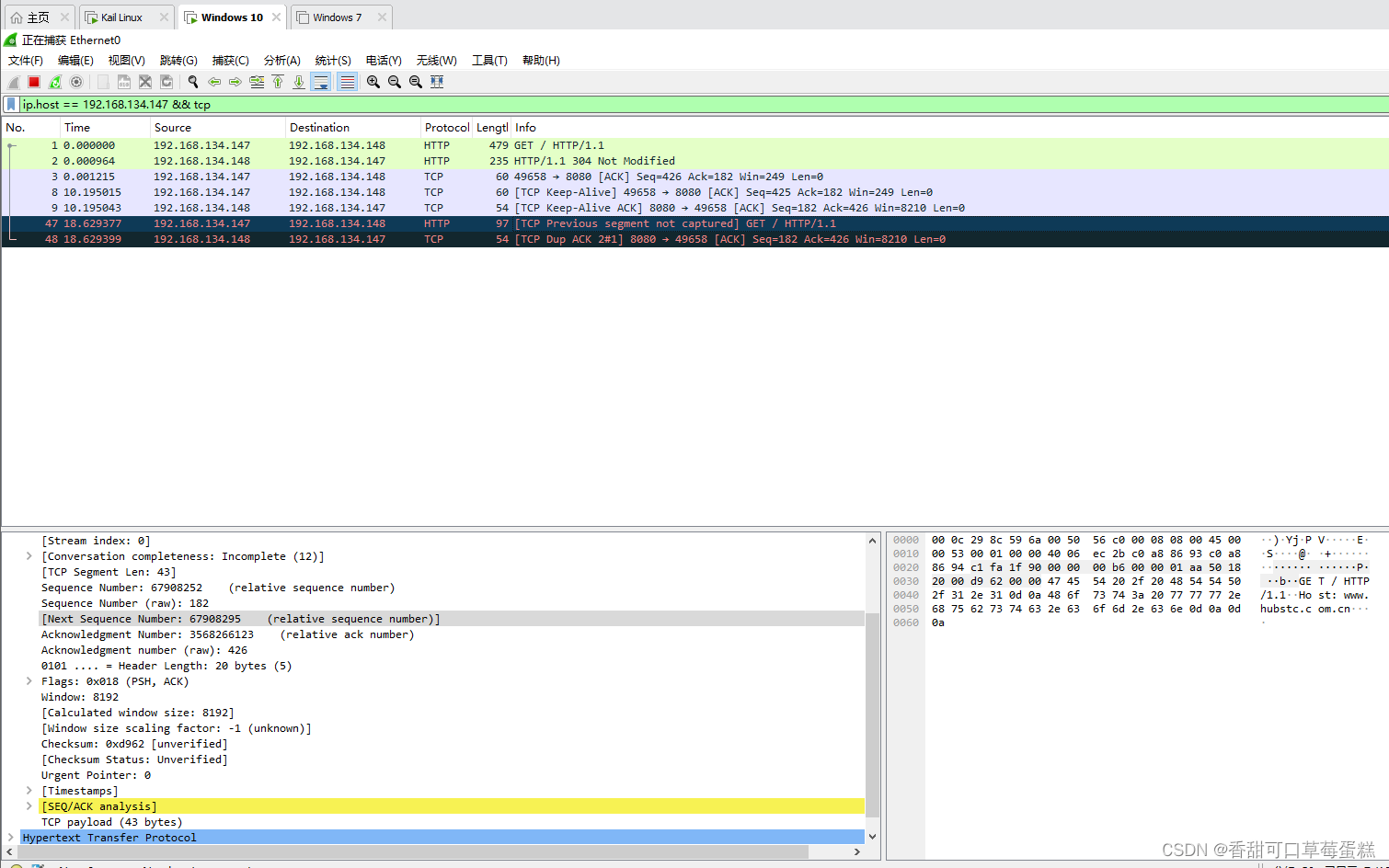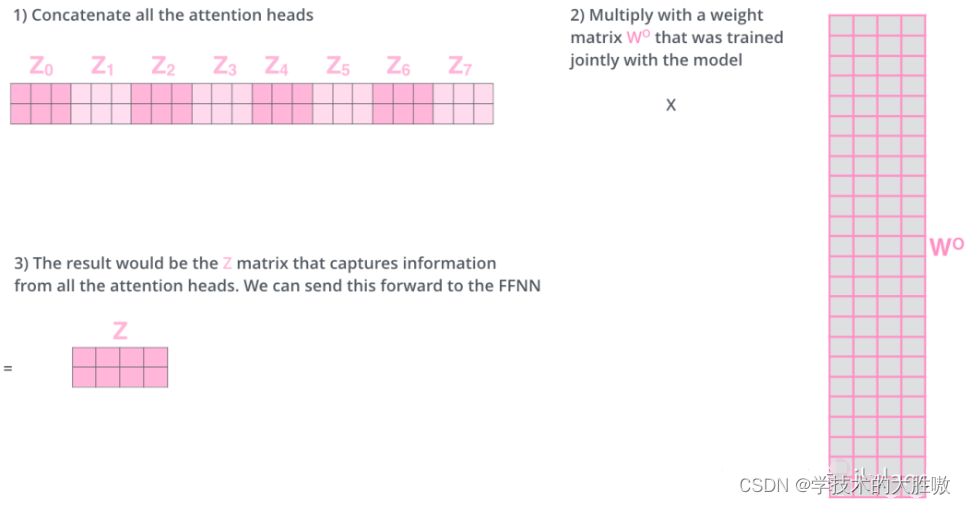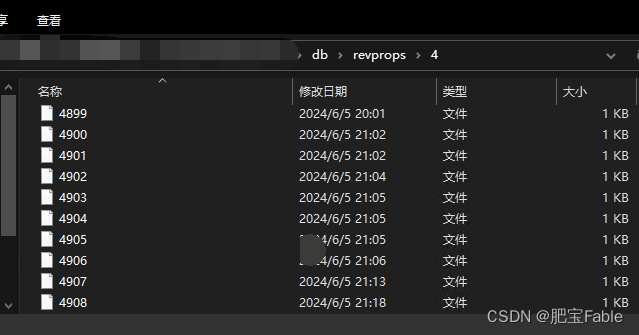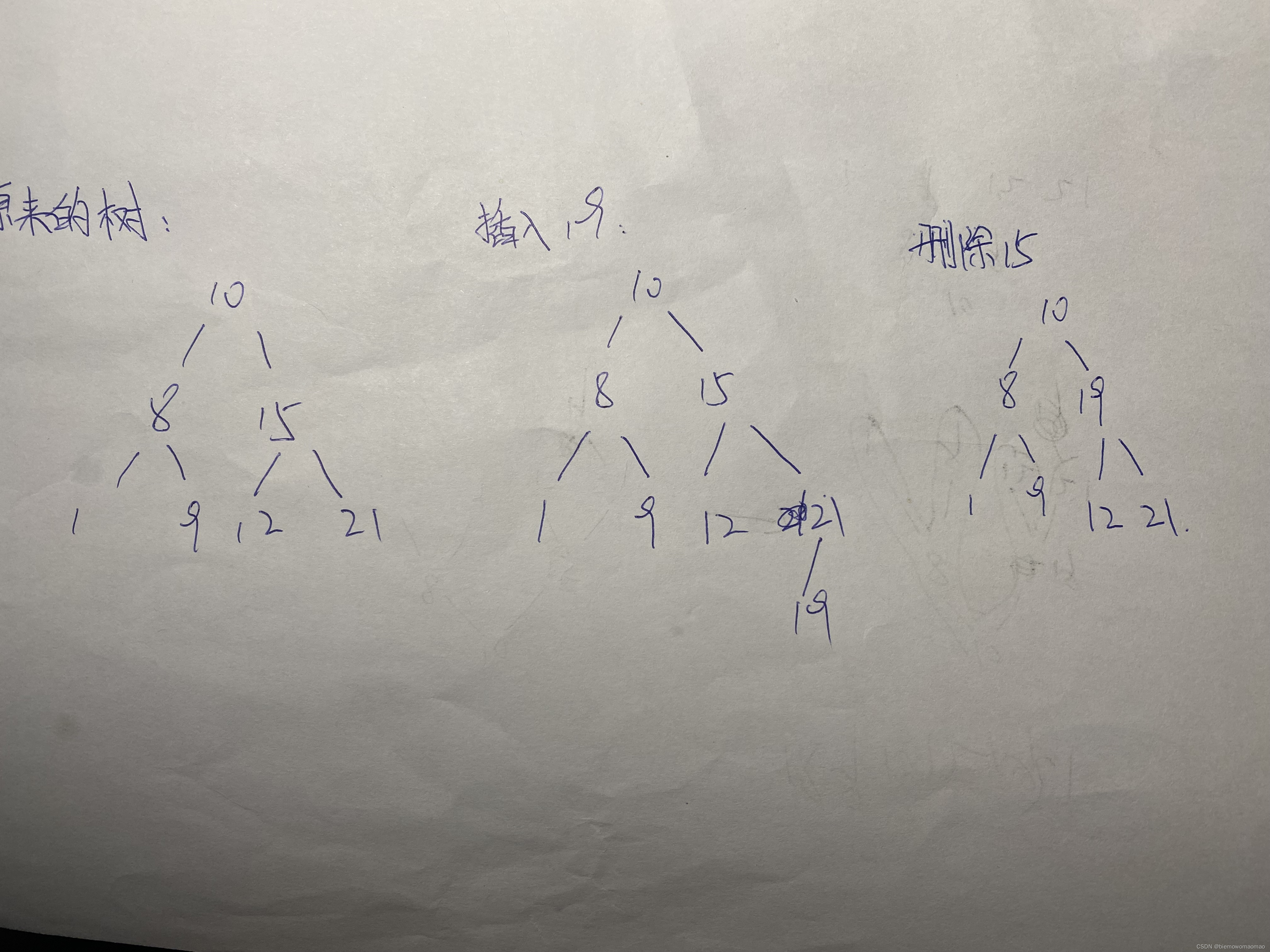
文章目录
- 引言
- 1. 错误详解
- 2. 常见的出错场景
- 2.1 调用 `null` 对象的实例方法
- 2.2 访问 `null` 对象的属性
- 2.3 自动拆箱引起的 `NullPointerException`
- 3. 解决方案
- 3.1 使用条件判断防止 `NullPointerException`
- 3.2 优先使用Optional类
- 4. 预防措施
- 4.1 在方法入口进行校验
- 4.2 使用注解提高代码清晰度
- 结语
引言
在Java编程中,NullPointerException 是最常见的异常之一,通常发生在程序尝试使用 null 引用访问类的成员变量、方法或在抛出异常时。这类错误不仅会导致程序崩溃,还往往是由于代码中的逻辑错误引起的。本文将详细探讨NullPointerException的成因、解决方案以及预防措施,帮助Java开发者有效避免这类问题。
1. 错误详解
NullPointerException 指示程序尝试访问或修改一个 null 对象的字段、方法或属性。由于 null 表示没有任何对象,所以这些操作无法进行,Java运行时环境因此抛出此异常。
2. 常见的出错场景
2.1 调用 null 对象的实例方法
最常见的情况是尝试调用未实例化(即为 null)的对象的方法。
public class Main {
public static void main(String[] args) {
String text = null;
int length = text.length(); // 尝试调用null对象的方法,抛出NullPointerException
}
}
2.2 访问 null 对象的属性
另一种常见场景是尝试访问 null 对象的属性。
public class User {
public String name;
}
public class Main {
public static void main(String[] args) {
User user = null;
System.out.println(user.name); // 尝试访问null对象的属性,抛出NullPointerException
}
}
2.3 自动拆箱引起的 NullPointerException
自动将 null 的包装类类型(如 Integer)转换为基本数据类型时,也会发生这个异常。
public class Main {
public static void main(String[] args) {
Integer number = null;
int n = number; // 自动拆箱null为int类型,抛出NullPointerException
}
}
3. 解决方案
解决 NullPointerException 的关键在于确保在操作对象之前,对象已经正确地被初始化。
3.1 使用条件判断防止 NullPointerException
在引用任何对象之前,首先检查它是否为 null。
public class Main {
public static void main(String[] args) {
String text = null;
if (text != null) {
int length = text.length();
System.out.println(length);
} else {
System.out.println("text is null");
}
}
}
3.2 优先使用Optional类
Java 8 引入的 Optional 类可以用来显式地处理可能为 null 的情况,避免直接使用 null。
import java.util.Optional;
public class Main {
public static void main(String[] args) {
Optional<String> optionalText = Optional.ofNullable(null);
int length = optionalText.map(String::length).orElse(0);
System.out.println(length); // 安全地处理null,输出0
}
}
4. 预防措施
4.1 在方法入口进行校验
在方法开始处检查参数的有效性,如果参数可能为 null,则立即返回或抛出异常。
public static void printLength(String text) {
if (text == null) {
throw new IllegalArgumentException("text cannot be null");
}
System.out.println(text.length());
}
4.2 使用注解提高代码清晰度
利用 @NotNull 和 @Nullable 等注解明确标注方法、参数和返回类型的期望值,有助于在编写代码时避免错误。
import org.jetbrains.annotations.NotNull;
public class Main {
public static void printText(@NotNull String text) {
System.out.println(text.length());
}
}
结语
理解NullPointerException的成因及其解决和预防策略对于编写稳定的Java程序至关重要。通过采取以上措施,开发者可以减少这类异常的发生,提高代码的质量和健壮性。希望本文提供的方法能帮助你更有效地处理和预防NullPointerException,从而编写出更加可靠的Java应用程序。
